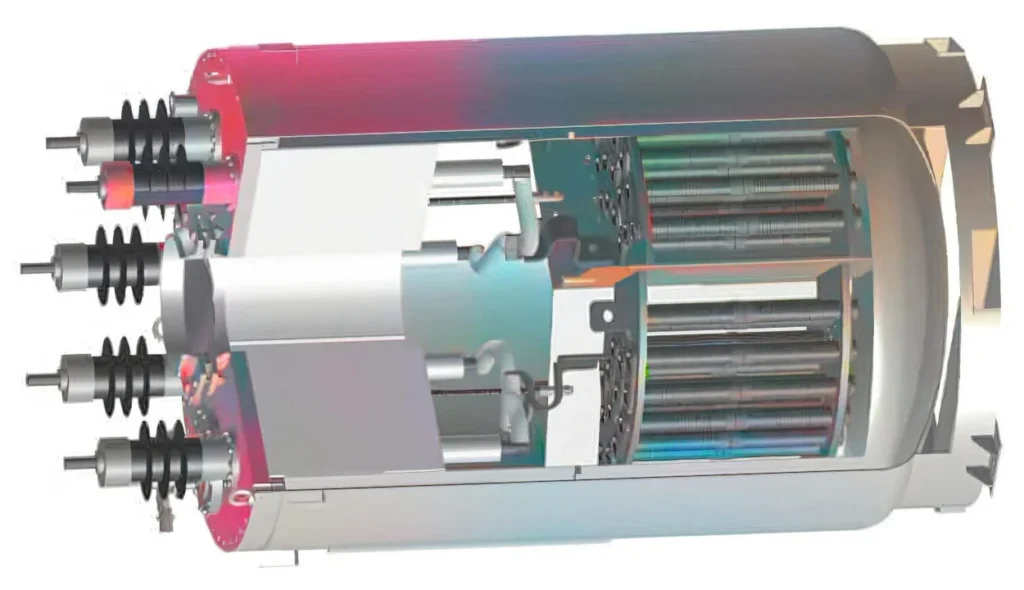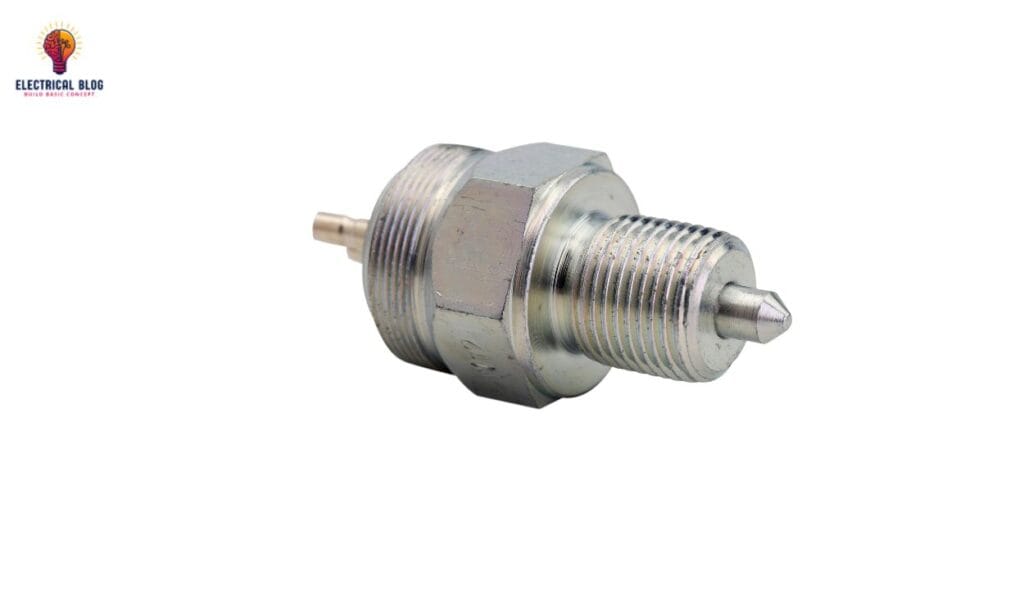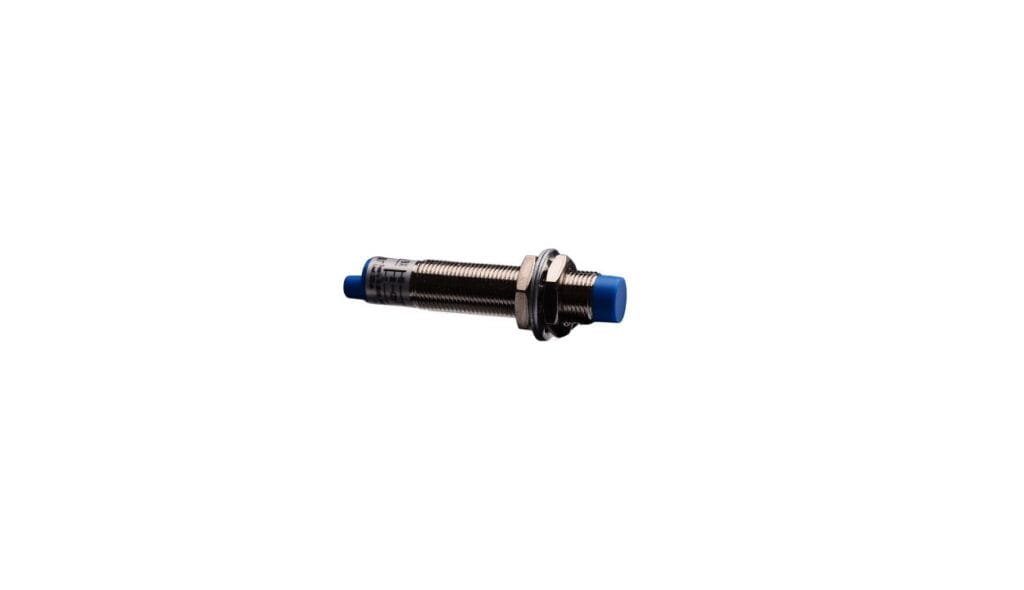What is a fault current limiter?
A fault current limiter (FCL) is a critical component in an electrical system, designed to control excessive currents that could otherwise lead to failure. When events like lightning, downed power lines, or crossed power lines occur, they can cause a short circuit or even a partial short circuit, triggering disruptions. These faults can trip a breaker, blow a fuse, and impact the entire system, making limiting such disturbances essential for continual operation.
To prevent damaging surges, FCL technologies work similarly to surge protectors, restricting the amount of fault current flowing. They come in two broad categories: solid-state and high-temperature superconducting types. The superconducting variant is highly efficient, while the solid-state version offers precise control. By managing currents, these devices help maintain power stability, reducing the risks of causing disruption to household devices and industrial equipment.
Why do we need FCLs?
As energy demand grows and more distributed generation from clean energy sources like wind and solar is added, the system fault current levels also increase. This puts pressure on an already overburdened system, making it harder to maintain a stable power flow. Traditional solutions, such as series reactors and high-impedance transformers, are often bulky, costly, and contribute to grid voltage drops.
To limit these issues, FCLs provide an efficient alternative by keeping fault current under control without causing significant high reactive losses. Unlike explosive fault-limiting fuses, which blow and require a service call to replace, FCLs can operate continuously with little to no impedance during normal operation. This ensures better system stability while reducing the need for larger infrastructure investments.
In contrast to conventional transformers, which are only available for voltages below 35 kV, FCLs offer a more adaptable approach. They help manage rising faults without adding excessive resistance to the system, improving overall performance. By preventing failures before they happen, FCLs ensure the system remains reliable and efficient.
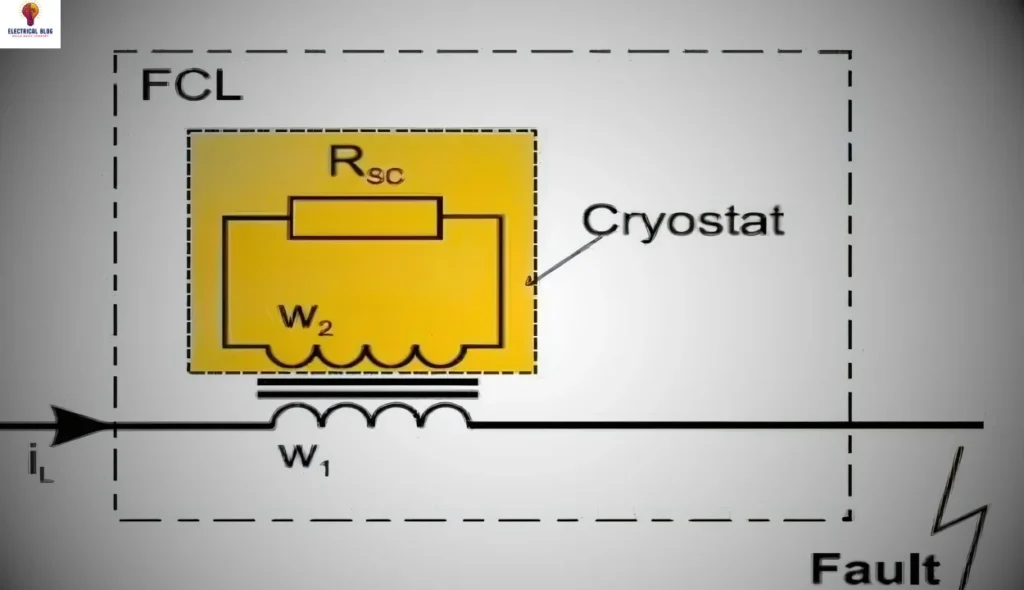
Types of Fault Current Limiters
Superconducting Fault Current Limiters
Non-Superconducting Fault Current Limiters
Superconducting Fault Current Limiters
Superconducting fault current limiters use the unique properties of a superconductor to control sudden surges. In normal operation, current flows smoothly with negligible impedance, allowing electricity to pass without loss. However, when a fault develops, a critical combination of temperature, current, and magnetic field triggers a rapid loss of superconductivity, leading to quenching.
As the superconductive material quenches, its resistance rises sharply, forcing the current to be diverted into a parallel circuit with the desired higher impedance. This structure prevents excessive damage but cannot act as a circuit breaker since the normally conducting material does not have a high enough resistance. Instead, the heating effect causes the material to melt, ensuring protection without interrupting power completely.
Non-Superconducting FCL
A saturable core FCL uses ferromagnetic materials and an iron core to create high inductance for limiting fault currents. It relies on the non-linear characteristics of the core to change its behavior during faults. The windings of conventional conductors help manage current flow, while an air-core reactor further improves performance.
The solid-state FCL uses high-power semiconductor devices like IGBT, SCR, and GTO to control fault currents. It operates through a solid-state switch and can function as a series, bridge, or resonance-type limiter. Advanced components such as IGCT and Integrated Gate-Commutated Thyristors enhance its efficiency and responsiveness.
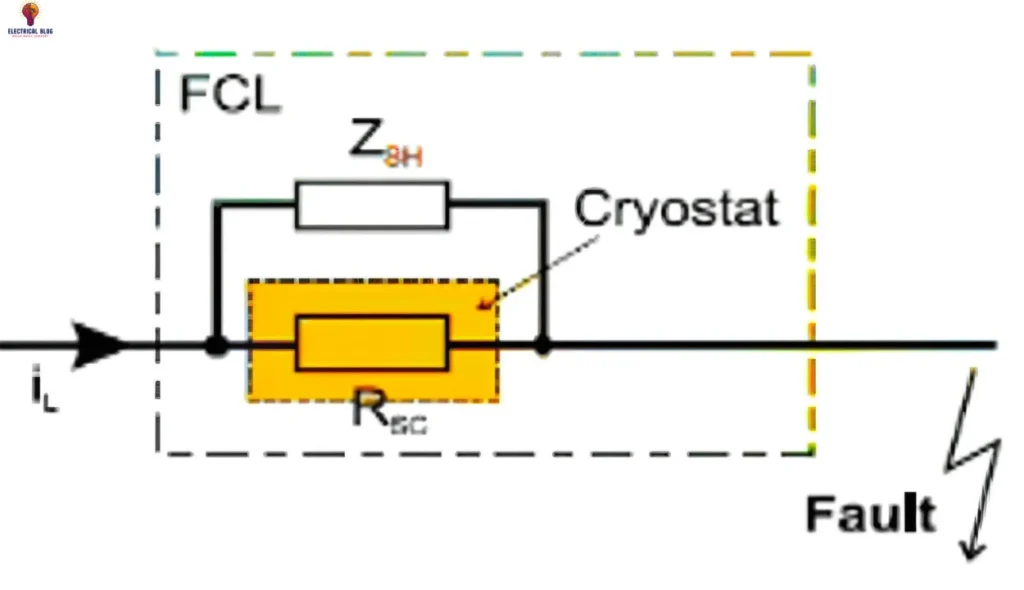
Types of Superconducting Fault Current Limiters
Resistive Fault Current Limiter
Inductive Fault Current Limiter
Resistive Fault Current Limiter
A resistive FCL allows current to pass through a superconductor under normal conditions. However, when a fault current occurs, the superconductor quenches, causing a sharp rise in resistance. This reaction reduces the prospective fault current, preventing damage to the system.
In AC systems, AC losses and superconducting hysteresis losses lead to steady power dissipation, which must be removed using a cryogenic system. To minimize inductance, the device is typically wire-wound non-inductively; otherwise, it could cause an extra constant power loss in the circuit.
Inductive Fault Current Limiters
Inductive FCLs function like a transformer, where a resistive FCL acts as the secondary coil. During un-faulted operation, the device has low inductance because there is no resistance in the secondary. However, when a fault current occurs, the superconductor quenches, and the secondary becomes resistive, causing the whole device to rise in inductance.
The advantage of this design is that there is no heat ingress from current leads, keeping the cryogenic power load lower. However, the large amount of iron used makes these FCLs bigger and heavier than other variants. Despite this, their ability to handle surges efficiently makes them a valuable option in power systems.
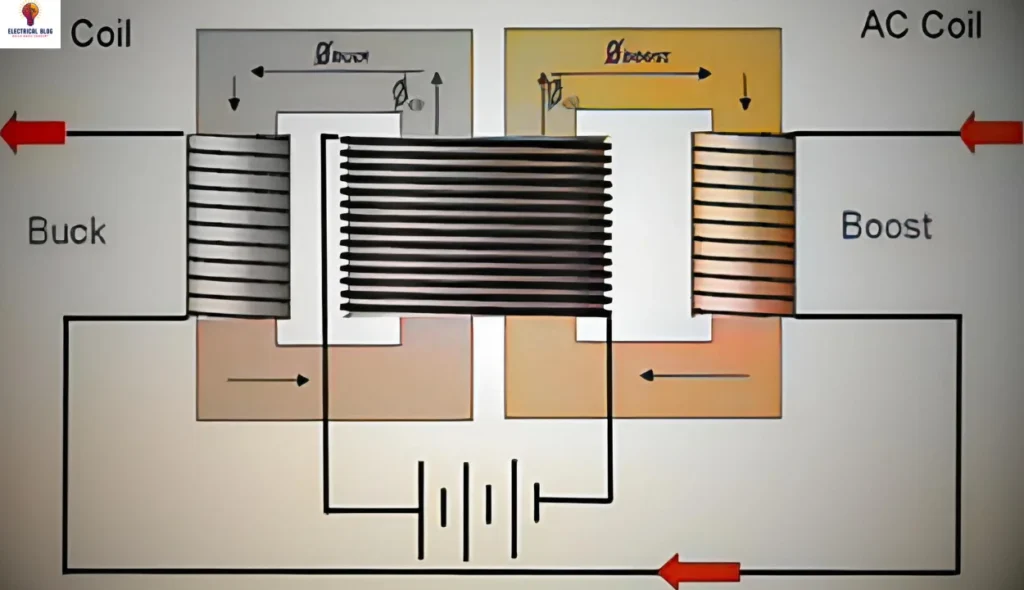
Applications of Fault Current Limiters
Fault current limiters play a key role in protecting circuit breakers and preventing damage when a fault occurs. By adjusting fault current levels, they help ensure only the smallest possible portion of the network is affected. This improves reliability and prevents the need for frequent maintenance in power systems.
In wind farms and rooftop solar power setups, distributed generation can cause unexpected surges in the electricity supply. A fault current limiter helps increase safety by keeping normal current levels stable. It also avoids the need for large system-wide upgrades, making integration with the existing electric grid smoother.
When new generation capacity is added, cross-connections may lead to excessive fault currents. Using high-power circuit breakers along with fault current limiters helps control the rate at which the breaker operates. These devices prevent sudden disconnections, ensuring that busbars and branch circuits are not overloaded.
In industrial settings, large loads can make the circuit unstable, leading to increased risks of failure. By using a nonlinear element, a fault current limiter prevents unstable power conditions and ensures smooth operation. This also helps in avoiding unnecessary removal of power sources when demand fluctuates.
Advanced systems use alternating current zero crossing to trip breakers in a synchronized manner, helping to minimize arcing. Since these devices work with low impedance during normal current levels but switch to high impedance under faults, they offer a rapid response to power disturbances.
Benefits of Fault Current Limiters
Enhanced system safety ensures that electrical faults do not cause major failures, protecting the power delivery systems from sudden damage.
Reduced voltage dips and improved stability prevent sudden fluctuations that can affect sensitive equipment in the electric grid.
Automatic resetting allows the system to recover quickly after a fault, reducing disruptions and increasing recovery times for operations.
Fault protection with single to multiple-shot mechanisms ensures that faults are managed effectively without affecting the entire network.
Reduced maintenance costs by protecting expensive T&D system equipment from constant electrical surges that could degrade the equipment over time.
The elimination of split buses and optimized opening bus-tie breakers improve operational efficiency while reducing unnecessary, costly replacement.
Support for renewables and DG is being added to the grid, ensuring improved system reliability even with distributed energy sources.
Conclusion
Fault Current Limiters (FCLs) are essential for maintaining the stability, efficiency, and safety of modern power delivery systems. They help manage fault current levels. This ensures circuit breakers and other protective gear work well. They limit sudden surges to prevent damage to critical infrastructure. This action also reduces maintenance costs and extends the lifespan of T&D system equipment.
The different types of FCLs, including superconducting, resistive, inductive, and solid-state models, offer solutions tailored to various electric grid setups. They can cut voltage dips, get rid of split buses, and support renewables like wind farms and rooftop solar power. This makes them a key part of today’s energy networks.
With advanced features such as automatic resetting, high impedance switching, and single to multiple shot fault protection, FCLs enhance system reliability while reducing localized disruptions and wide-area blackouts. As demand for electricity rises and we add new generation capacity, FCLs will play a key role. They are vital for keeping our power grid secure and stable.

